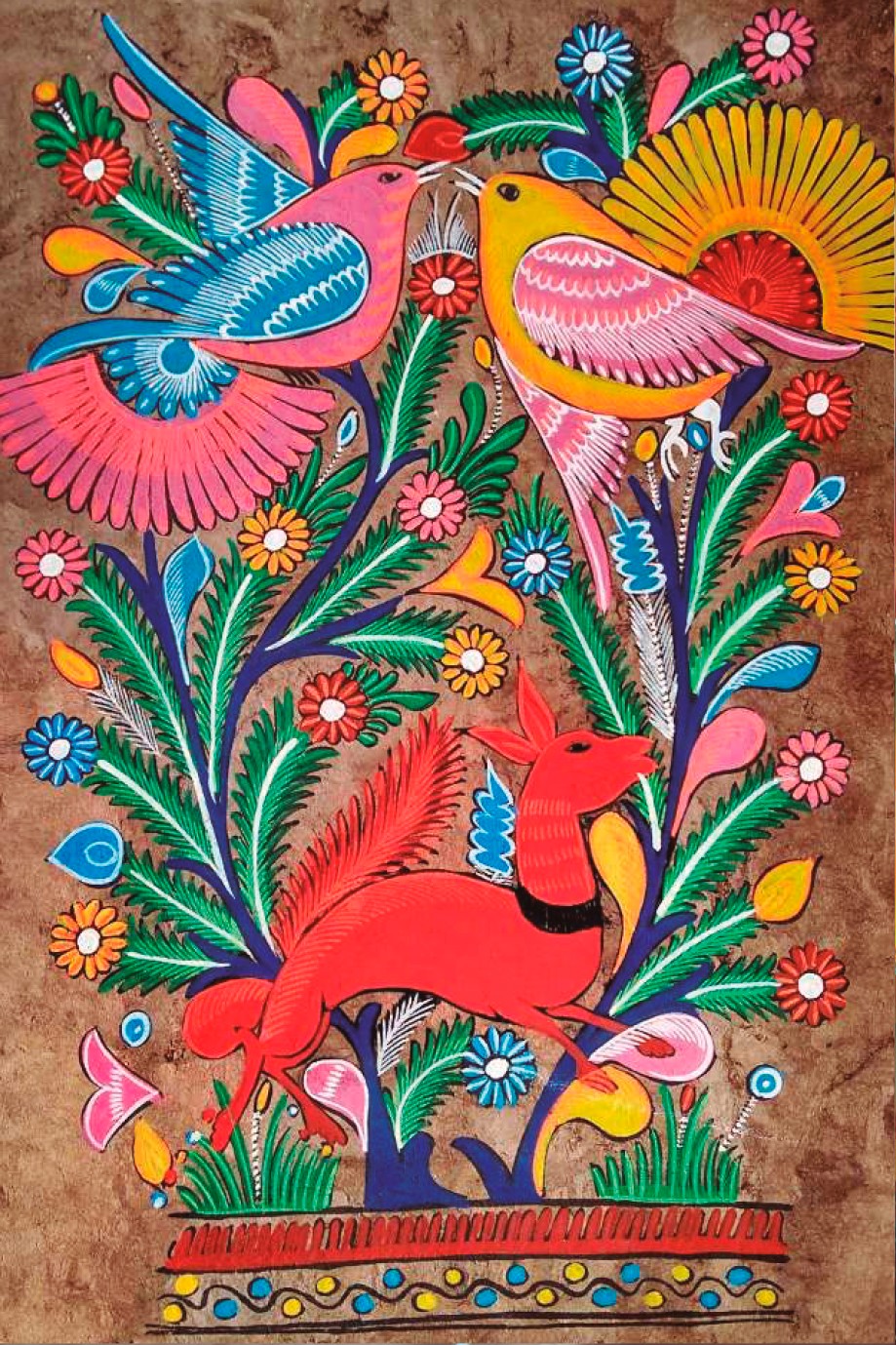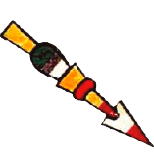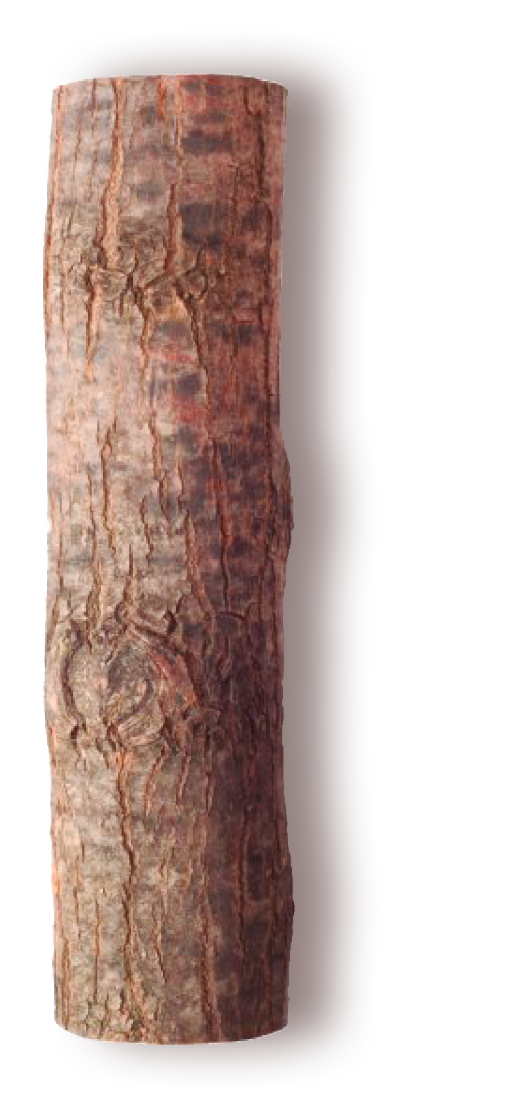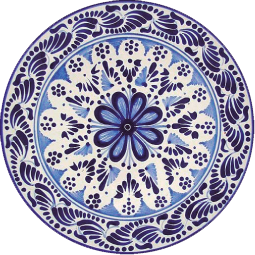
AMATE
CANVAS.
The contemplative codex of creation wraps our bottles. amate paper is an ancient art. This is how the symbols that are written on it explain our history, songs and customs of central and southeastern Mexico.

PRE-COLUMBIAN MASTER ART
Amate paper (in Nahuatl: ámatl) is a type of vegetable paper whose origin dates back to Mexico1 to the pre-Hispanic era of Mesoamerica.
Amate paper is made by hand, crushing the bark of white and red jonotes (Ficus cotinifolia and Ficus padifolia), which are cooked in water with lime. The result is a fibrous vegetal layer of colors ranging from dark brown to straw yellow.
In pre-Hispanic times and at the beginning of the colony, amate paper was made using the inner bark of other trees such as ficus and morus.
Today you can find in the Otomi San Pablito community of the municipality of Pahuatlán belonging to the state of Puebla, the manufacture of amate paper as a form of crafts and promotion of tourism.
The Aztecs widely used paper, which they called amatl, derived from the Nahua language, to write the deeds of their heroes and for their religious and sacred rites. Little is known about when the Mayans began to make paper, which they called huun. The Toltecs used it since ancient times, like other peoples of Mexico.


